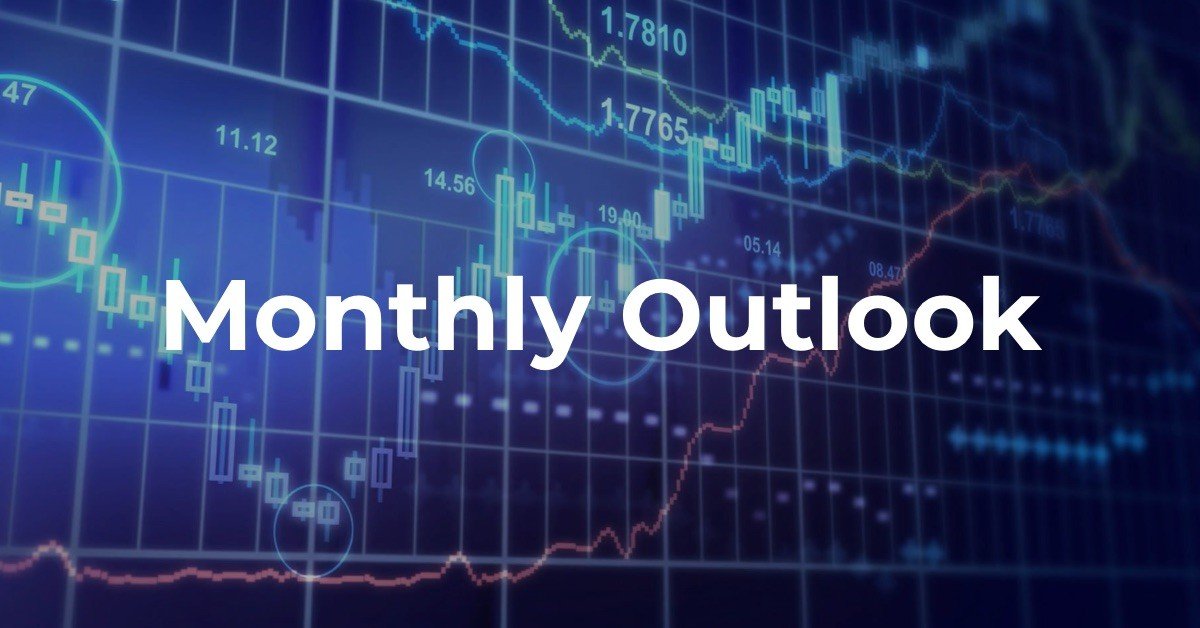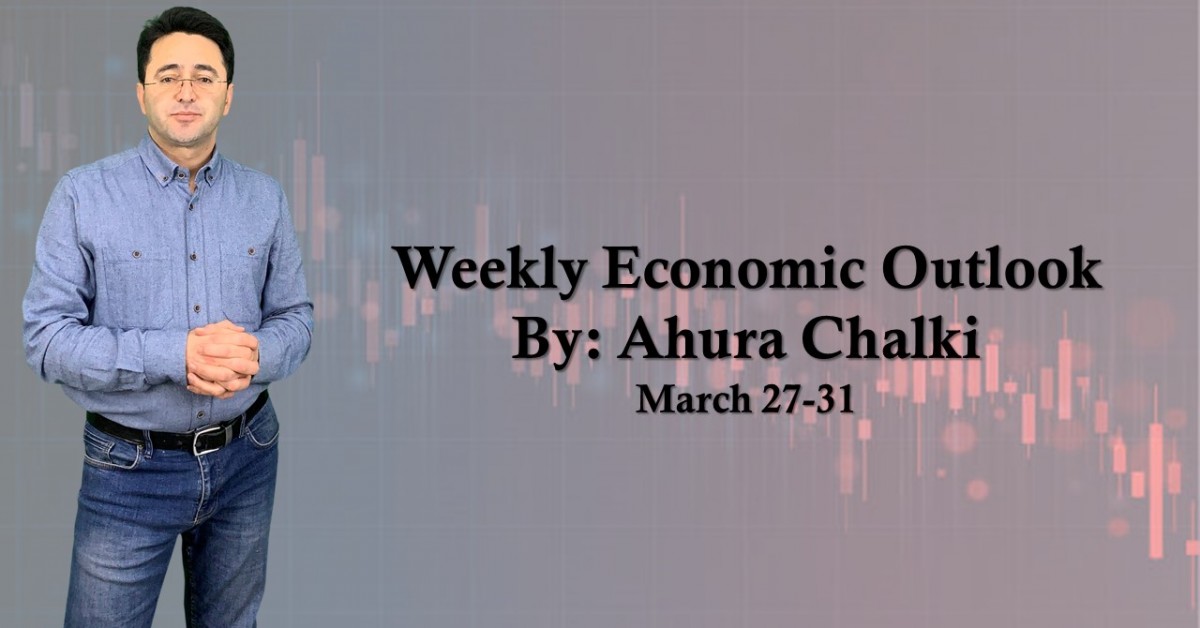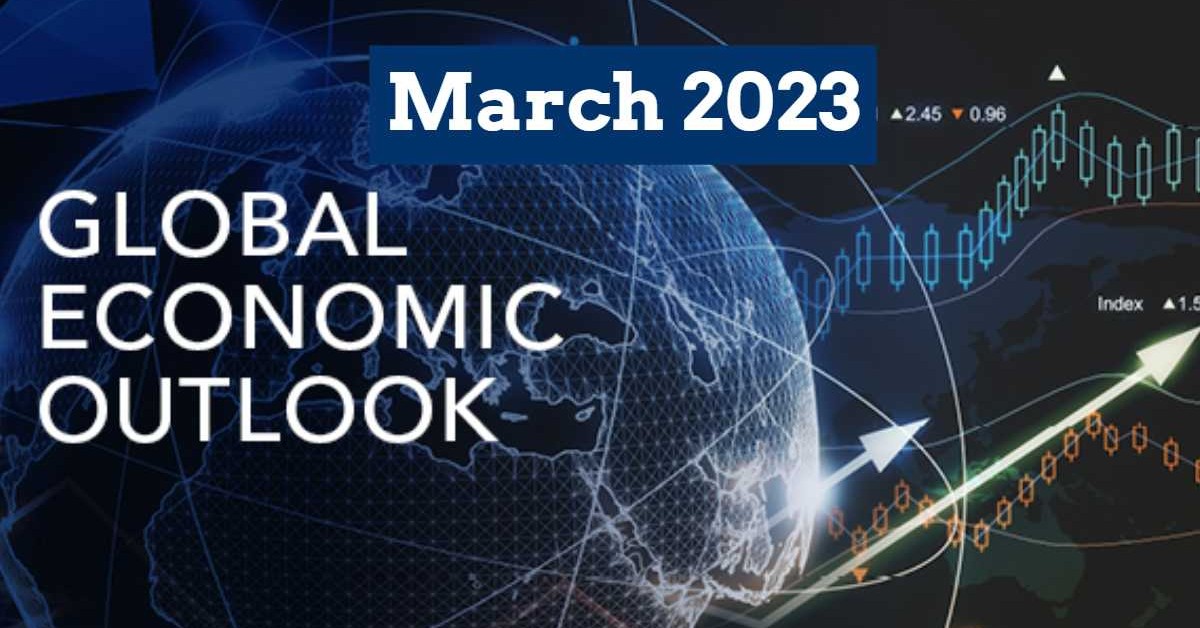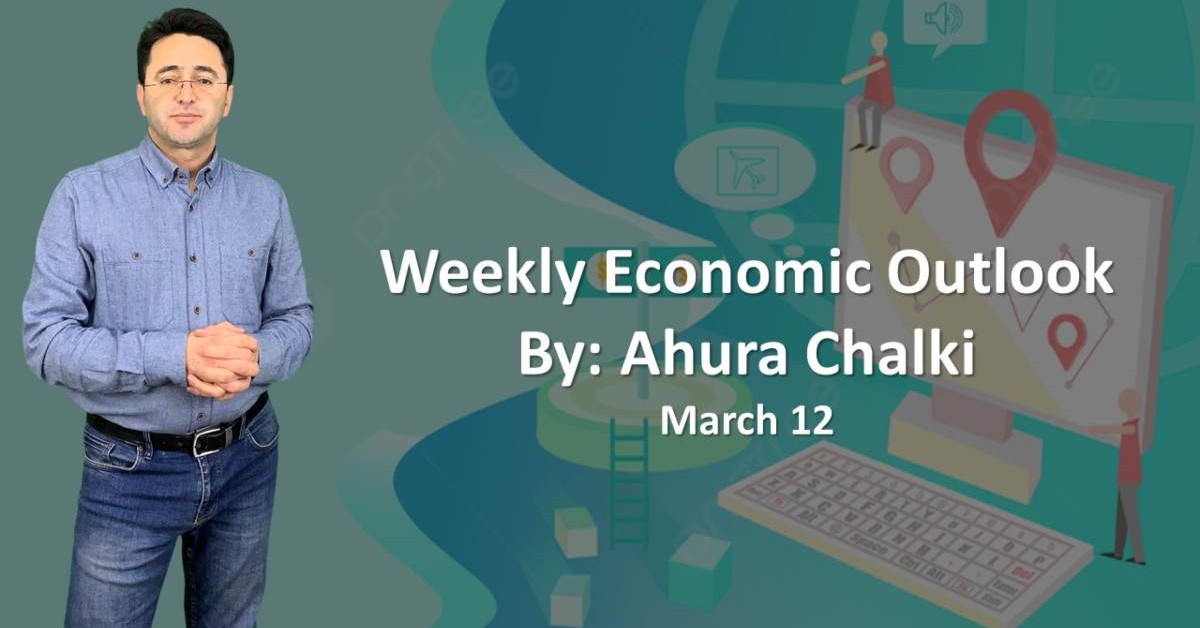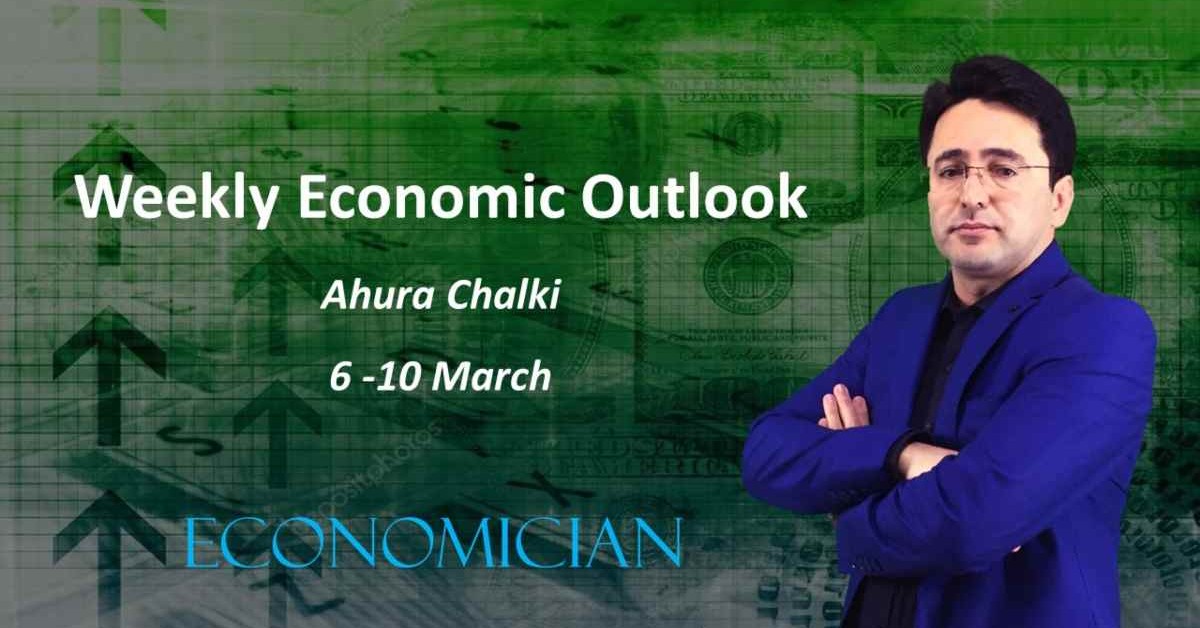With missing NFP numbers, eyes turn to the FED meeting
August was not the quiet month, as it was expecting from a usually August. In the main event of August, Mr. Powell confirmed that tapering can start by end of this year, but interest rates will stay low for a bit longer time, as long as the economy needs support for a full recovery. At the beginning of September, the US NFP number was surprisingly down to miss the expectation, however, since inflation concern getting more in the spotlight, market participants ignored the report. However, the unemployment rate fell to 5.2% to support the fans of Hawkish policies. This situation, helped the market sentiment to start September like every other September with a decrease in the stock markets. Let's see what we are expecting for the rest of September in the financial markets.
USD: US dollar touched the 2021 high in August. The main reason for this rally was the higher risk in the global markets following the slowdown in the global economic growth. The US labor market added more than 900K jobs for the second straight month in July, to add the pressure for faster tapering, while consumer sentiment to the decade low. For the month ahead, the FED meeting will be in the spotlight. FOMC members will tell us in their September meeting that will they start tapering its $120 billion a month bond-buying program in 2021 or not. Tapering in 2021 will open the doors for an interest rate hike in 2022, much earlier than previous expectations for 2023. By now the dollar index has gained almost 4% this year, and any signal for Hawkish policies will add fuel to the USD bullish trend. For the rest of September, PPI (10th), CPI (14th), Retail Sales (16th), and FOMC Meeting (22th) will be the most important data to watch.
Euro: August accompanied with weakness against USD, JPY, and CHF for Euro as the safe-haven currencies, while could gain against commodity currencies. While the members of the European Union worried about the new wave of restrictions, higher US FED rates than ECB, put the Euro in the sell position against the US dollar and sent the EURUSD under 1.17, a new 9-months low. In September European traders and investors used to pay attention to the ECB monetary policy meeting on September 9, where policymakers finally had no change in the interest rates as it was expecting, but left the PEPP also unchanged with no deadline, however, decreased the speed of asset purchasing. And now, Euro can struggle from the uncertainties in Germany, its future government new Chancellor. For Euro, for the rest of the month, Flash PMI survey (23rd), German Federal Election (26th), and Unemployment rate (30th) are the most important data and events to watch.
Sterling: Increasing the risk of virus and geopolitical tensions all around the markets, underperformed the Pound. After a few Hawkish changes in the BoE announcement, the pound lifted against its crosses, before slowing economic growth put the pressure on market bulls. Shortage in the labor market and weaker than expected Retail Sales with UK inflation back down to the BOE’s 2% target, decreased the pressure on the central bank to start Hawkish policies, so the BoE meeting at the end of September supposed to stop asset purchases tapering at any time soon. Although the UK economy is estimated to grow more than 7% this year, the pace of recovery is slowing down and it will be also supportive of holding dovish policies, especially if another wave of COVID starts suffering the society. In September, GDP (10th), Labor Market data (14th), CPI (15th), PMIs (23th), and Final Q2 GDP (30th) should be followed carefully.
CAD: Loonie and other commodity currencies generally, started weakness in August after a few months of recovery, as global economic recovery started slowdowns. Especially ease in the Chinese economy can put more pressure on the Loonie and other commodity currencies. BoC was one of the first major central banks that started Hawkish policies by reducing weekly asset purchases amount from 4 to 2B Canadian dollars in the past three meetings. This week, in their September meeting they did not change in the interest rates and asset purchasing amount, as a slowdown in the economy accompanied with increasing the new COVID infected, so central bank's officials decided to stay hold. For the rest of the month, we have to follow the Employment data (10th), Manufacturing sales (14th), CPI (15th), House starts (16th), Retail Sales (23th), and final GDP number for Q2 at month-end.
JPY: Since in August market risk was higher, Safe-Haven currencies had more demand, including Japanese yen, even though it was weaker against the US dollar as another safe haven, however, it was much stronger against other crosses. Most uncertainties created because of higher inflation all around the main economies and uncertainty of central bank policies, while overheating some housing markets, like in Australia, New Zealand, UK, and United States, created more concerns and more demand for safe-havens. In September, we do still expecting the same uncertain situation with higher COVID infected numbers ahead of FOMC monetary policy meeting in the US. The value of the Japanese yen directly depends on US bond Yields and the state of global stock markets. In this month, to find the Yen's direction, we do also have to follow the Japanese Trade balance (16th), Inflation numbers (24th), FED and BoJ monetary policy meetings (22th), Inflation (24th), Industrial Production and Retail Sales (30th).
Wall Street: Can we saw a different September this year? It is a popular question among traders in the past few days. Traditionally September for S&P 500 means bearish. According to the "CFRA" data, since 1945, on average SP500 lost 0.56% in September! However, in the past 4 years, it was violated 3 times. It has been up three of past 4 years. Despite 3.9% lose in 2020, it was up 1.7% in 2019, 0.4% in 2018 and 1.9% in 2017. Since this year also we saw significant support from government and central bank, another grow is not far off, even if low growth!
On the other hand, to guess what should we expect from this month, we have to first understand the reason for such high levels in the market. First of all, we have such a huge stimulus going on still, with a low-interest rate around zero. Also earning reports were amazing and we had the best win rate ever in SP 500 list. Just add this to the great liquidity in the market and guess what we have to expect. After all, as we can see all leading indices are in their historical highs. Not every stock can continue this, so, we can say indices technically are on a very fragile surface.
Gold: Despite the strong rally in the first days of September that ended with a retrace of more than half of its 2021 decline, we cannot see enough signal in the market that can support the Gold bulls in the chart. Mr. Powell and other FOMC members had some signals of tapering by year-end, however, none of them still did confirm rate raise in 2022. These Dovish policies are still expected to support the stock markets, which have a negative correlation with Gold bulls. As I mentioned earlier that for this September, while in the stock markets we are at a very fragile level, still correction is not expected to be huge, so money flow from Stock markets to the Gold market cannot be that much strong. Expectations for the Gold price are somewhere between 1,775 and 1,830. None of the bulls and bears haven't enough power to breach these levels.
WTI: Oil price depends on different factors. First of all, supply and demand. Demand depends on stock markets and how it works. For September, we are generally are positive about markets, however, doubts on more growth will add the cautions in the market, and this caution also will move to the energy market. On the other hand, industrial and manufacturing production in past weeks getting a bit weaker, which is again can be read as another bearish signal for Oil and generally energy prices. On the de supply side, OPEC and its allies in OPEC+ seem more union than before, so, balance in the market for September, we are expecting to see a balance between supply and demand. WTI is expected between 67 and 70 US dollars.
